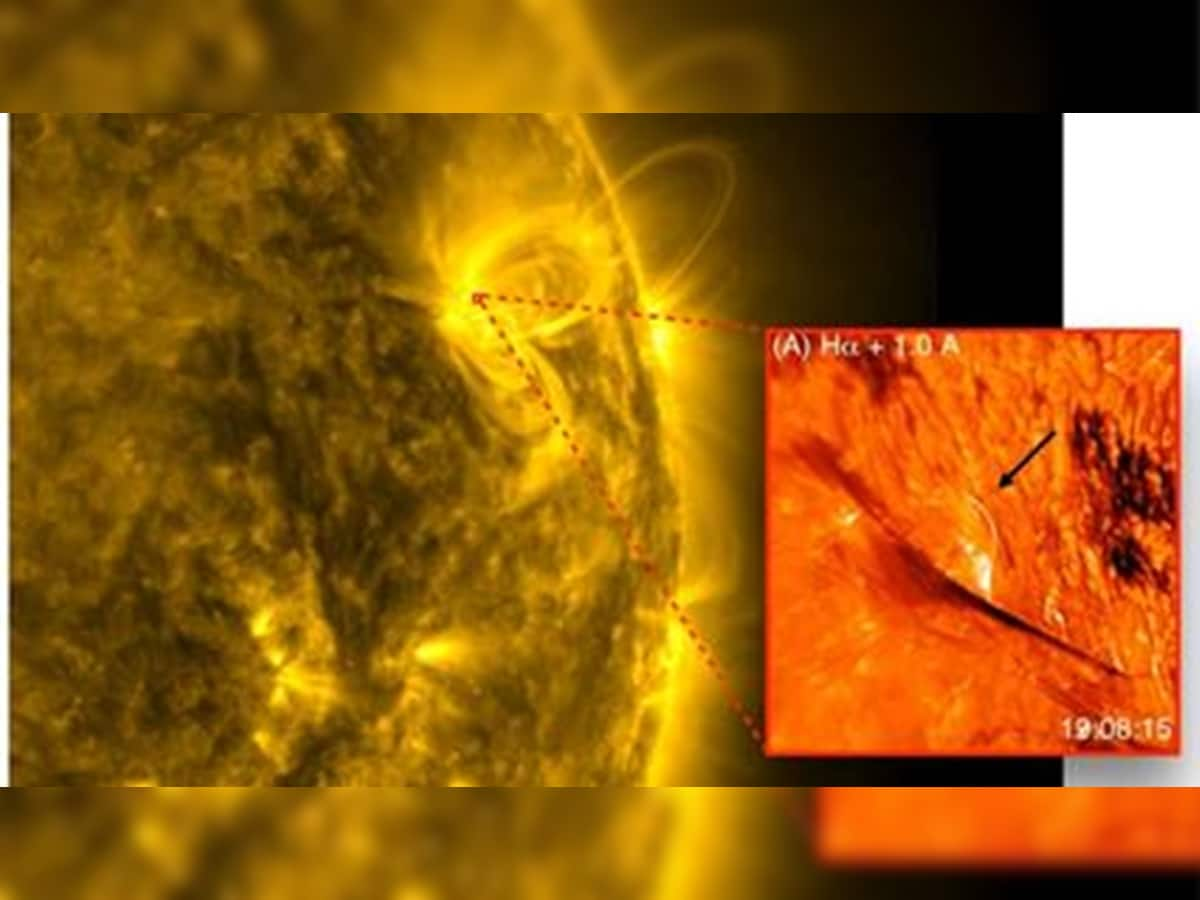Suns Explosive Secrets To Be Revealed…Indian Astronomers Get BIG Breakthrough, Find…

NEW DELHI: Astronomers at the Indian Institute of Astrophysics (IIA), an autonomous institution of the Department of Science and Technology (DST), have, in a breakthrough, found hidden miniature plasma loops that may help unravel the Sun’s deepest mysteries. The loops are small and short-lived, and have, till date, stayed hidden, but these may reveal how the Sun stores and unleashes magnetic energy, said researchers at the IIA.
The coronal loops, found in the Sun’s outer layer, are arc-like, beautiful structures of hot plasma that glow at a temperature over a million degrees. Their miniature counterparts are about 3,000-4,000 kilometres long (roughly the distance from Kashmir to Kanyakumari).
However, they have a width of fewer than 100 kilometres, making them challenging to study. They stay hidden in the lower layers of the Sun’s atmosphere and were mostly unresolved by earlier telescopes.
To catch these elusive structures in action, astronomers at the IIA used high-resolution imaging and spectroscopy.
“These tiny loops live fast – and die young, lasting only a few minutes, making it extremely difficult to observe them and interpret their physical origins,” said Annu Bura, a doctoral student at IIA.
“Although they are small, these loops punch above their weight when it comes to understanding the Sun. They offer a new window into how magnetic energy is stored and released in the solar atmosphere on small scales,” she added.
For the study, published in The Astrophysical Journal, the team used a combination of cutting-edge telescopes to investigate these small-scale coronal loops. They combined data from the Goode Solar Telescope at BBSO, NASA’s Interface Region Imaging Spectrograph (IRIS), and the Solar Dynamics Observatory (SDO) to explore these loops across multiple wavelengths.
“Our multi-instrument observation allowed us to analyse the loops not only in visible light but also in ultraviolet and extreme-ultraviolet wavelengths, revealing their behaviour across the chromosphere, transition region, and corona, the different layers of the Sun’s atmosphere,” Bura said.
The H-alpha spectral line from Hydrogen atoms is a key line for probing the solar chromosphere, which is just above the visible surface of the Sun.
The team found that in the redder or longer wavelength part of this line, these loops appear as bright, delicate arcs similar to coronal loops, and these were seen very clearly for the first time.
Further, to understand the plasma temperature inside these loops, the team used an advanced technique called Differential Emission Measure analysis.
The results showed plasma temperatures soaring above several million degrees — hot enough to shine in the extreme ultraviolet, visible in SDO’s Atmospheric Imaging Assembly.
The proposed 2-metre aperture National Large Solar Telescope (NLST), planned near Pangong Lake in Ladakh — could help unlock even more secrets hidden within these small-scale solar features, said the team.







